Tsukumogami – Bizarre Youkai Demons Formed from Everyday Objects
Bakezōri (化け草履) – "Possessed straw sandals with arms, legs, and one eye. Known for running around the house at night and singing nonsensical songs."
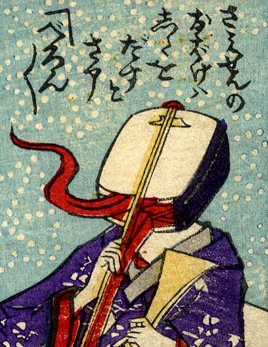
Imagine an old, yellowed umbrella that suddenly gains one leg, a large, glaring eye, and a long, drooping tongue, ready to jump out of a dark alley to scare you. Or a lantern that, instead of emitting a warm light, glows with a terrifying grimace and a ghostly tongue spewing fire. These are the grotesque versions of tsukumogami. Known as kara kasa-obake and chōchin-obake, they are just a few examples from the rich bestiary of tsukumogami. Among them, there are also much darker and more sinister ones.
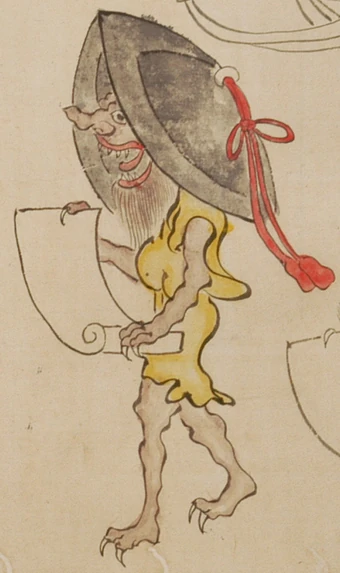
However, tsukumogami are not just joyful fantasy. They also reflect the Japanese respect for objects and their spiritual value. In a culture where even the most ordinary tools can gain a soul, there is a deep connection between people and their surroundings. There are rituals, such as susuharai, aimed at cleansing old objects to prevent their transformation into tsukumogami.
This mixture of horror, mysticism, and respect for objects makes tsukumogami an incredibly fascinating topic that captivates both lovers of Japanese folklore and contemporary otaku. Let's see, then – what is it like with these living books and umbrellas?
What are Tsukumogami?
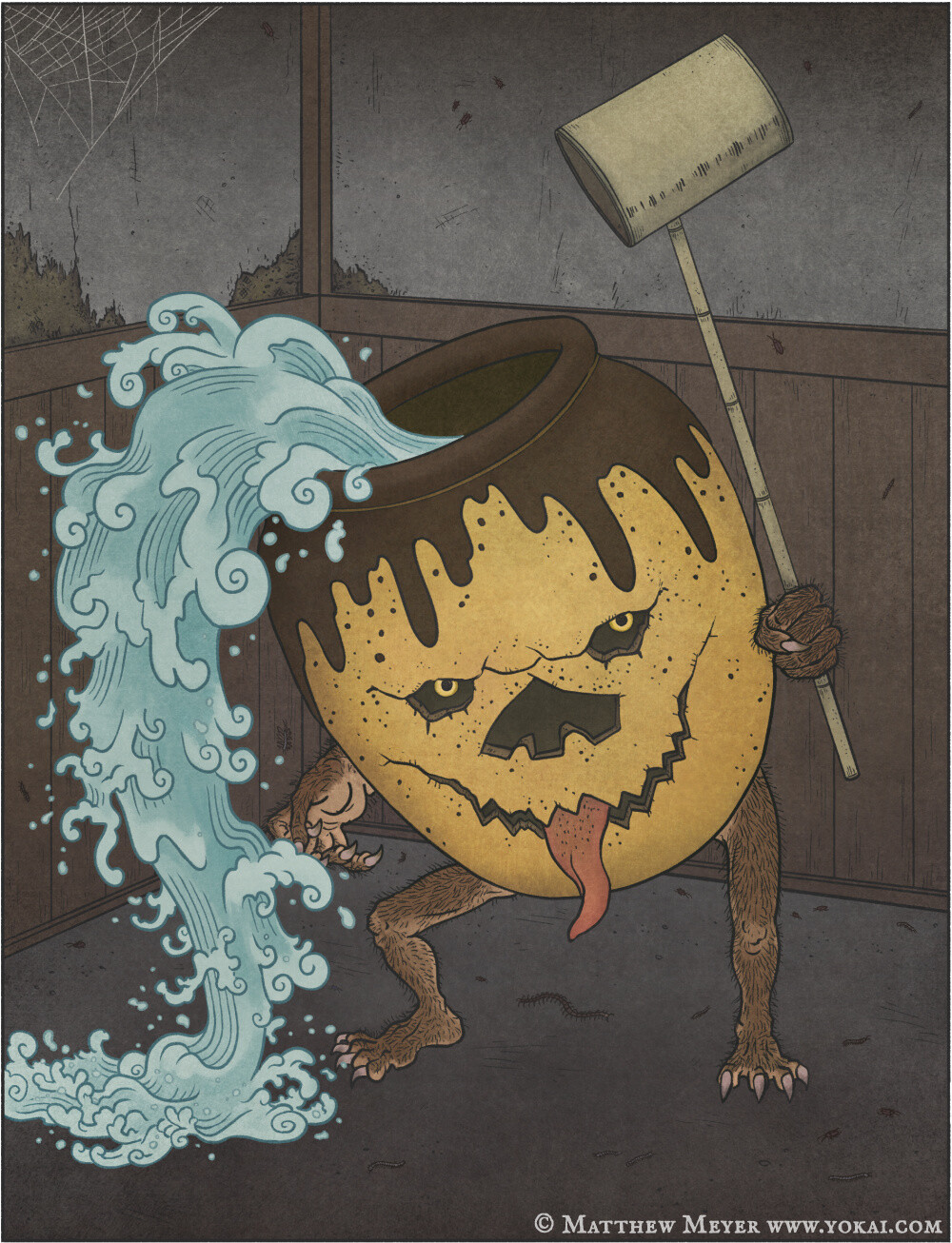
Traditional beliefs about tsukumogami reflect the deep respect Japanese people have for objects and their spiritual value. Tsukumogami symbolize aging and impermanence, as well as a reminder of the need to take care of our things. In folklore, they are often depicted as beings that can bring both trouble and help, depending on how they were treated in the past.
In the world of tsukumogami, there are many different types, each with its unique characteristics. For example, kasa-obake is an old umbrella, while chōchin-obake is an animated lantern. Other well-known tsukumogami include biwa-bokuboku, a human figure with the head of a biwa (a musical instrument), and koto-furunushi, a demonic koto with "wild" strings. There are hundreds of them.
Etymology
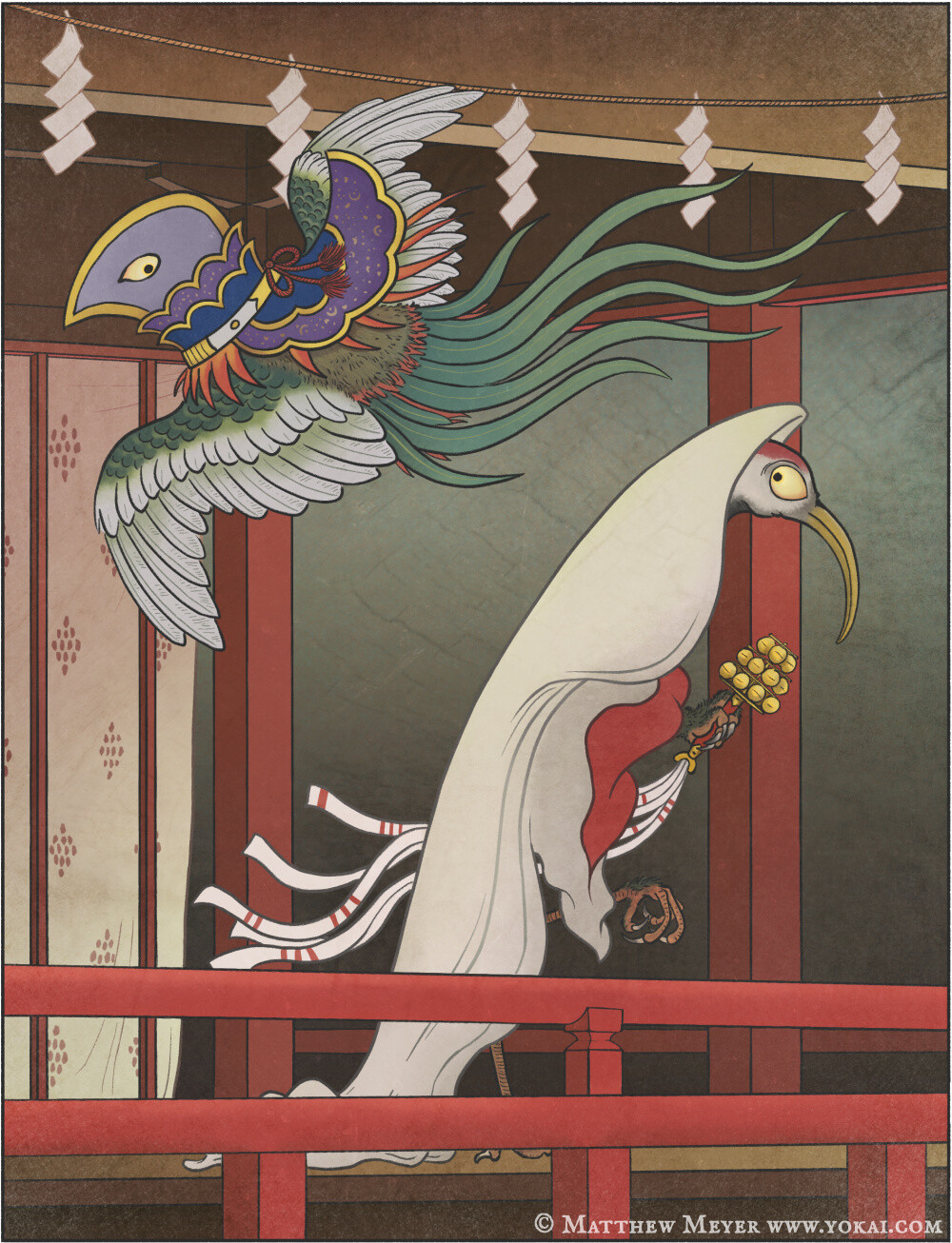
-
付 (tsuku) means "attach" or "affix."
-
喪 (mo) means "mourning" or "loss."
-
神 (gami) means "god" or "spirit." In the context of tsukumogami, these characters together indicate spirits that "attach" to objects after a long period of use.
There are several alternative names and terms related to tsukumogami that appear in various texts and cultural contexts. For example:
-
九十九神 (kugyūkami): An alternative name for tsukumogami, literally meaning "ninety-nine spirits," emphasizing the age of the objects.
-
付喪霊 (tsukumorei): "Tool spirits," a term used interchangeably with tsukumogami. These terms refer to similar concepts but may be used in different literary and folkloric contexts to highlight various aspects related to the spirits of animated objects.
The History of the Animated Objects Motif
Heian – Early Mentions
The concept of tsukumogami first appeared in the literature of the Heian period (794–1185), known for the flourishing of Japanese culture, literature, and art. During this time, many literary works depicted spirits and demons, including tsukumogami. One of the earliest texts mentioning tsukumogami is the "Ise Monogatari," a collection of poetry and stories that includes references to the spirits of objects.
Muromachi – Illustrations and Descriptions
The phenomenon of old objects coming to life is more precisely described in a slightly later work, the "Tsukumogami Emaki." "Tsukumogami Emaki" is an illustrated scroll from the Muromachi period (1336–1573) that details and depicts tsukumogami. This scroll is one of the most important sources showing how the Japanese of that time perceived these animated objects. "Tsukumogami Emaki" not only describes these spirits but also illustrates them, giving them various forms and shapes, helping us understand how these beings were imagined.
In "Tsukumogami Emaki," one can find illustrations of various types of tsukumogami, such as an old umbrella (kasa-obake), a paper lantern (chōchin-obake), a musical instrument biwa (biwa-bokuboku), or a koto (koto-furunushi). Each of these objects is depicted with human features, adding personality and character to them.
Ukiyo-e – Fame and Recognition for Tsukumogami
Ukiyo-e, or woodblock prints depicting the ephemeral world, became extremely popular during the Edo period (1603-1868). Among the many themes they covered, tsukumogami were also featured. These animated everyday objects were often depicted as comic or terrifying characters, fitting perfectly into the ukiyo-e aesthetic that combined beauty, humor, and horror. Artists like Toriyama Sekien contributed to the spread of tsukumogami imagery, immortalizing them in their works. Sekien, known for his illustrations of yōkai, or spirits and demons, created many woodblock prints depicting tsukumogami in various, often grotesque forms, giving them human traits and personalities.
Thanks to ukiyo-e, tsukumogami gained widespread recognition and became a common topic of conversation and inspiration for other forms of art, including kabuki theater and literature.
Various Types of Tsukumogami
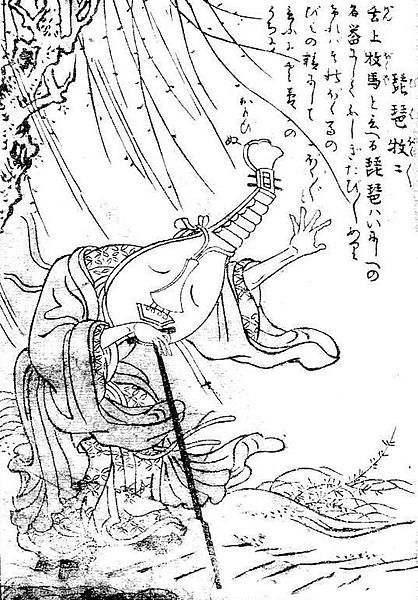
▫ Abumi-guchi (鐙口) – A furry creature formed from the stirrup of a mounted soldier who died in battle. It usually waits at the place of its master's death, not moving until his return.
▫ Bakezōri (化け草履) – Possessed zōri (traditional straw sandals) with two arms, two legs, and one eye. Known for running around the house at night, making noise and singing nonsensical songs.
▫ Biwa-bokuboku (琵琶牧々) – An animated biwa (Japanese musical instrument) in the form of a human with the head of a biwa. It wanders around the house, playing melancholic melodies, especially when it feels neglected.
▫ Boroboroton (襤褸布団) – A possessed futon that comes to life at night. Known for strangling sleeping people, wrapping around their bodies like a constrictor snake.
▫ Byōbunozoki (屏風覗き) – A possessed folding screen that gains eyes and a face. It peeks at household members, often making them feel uneasy.

▫ Furu-utsubo (古空穂) – An archer's quiver that takes the shape of a snake with human arms. It wanders around looking for arrows to devour.
▫ Ichiren-bozu (一連坊主) – Animated prayer beads that look like a small monk. They jump and move around at night, disturbing people during their prayers.
▫ Ittan-momen (一反木綿) – A roll of cotton that flies through the air. Known for wrapping around people's heads, either strangling them or transporting them to other places.
▫ Jatai (蛇帯) – Possessed fabrics draped over screens, resembling snakes. They attack people by wrapping around them and preventing movement.
▫ Kameosa (瓶長) – A haunted sake jar that never empties. It lures people into drinking from it, often leading to intoxication.
▫ Kasa-obake (傘おばけ) – An animated paper umbrella with one eye, one leg, and a long tongue. It hops around the streets on rainy days, trying to knock over passersby.

▫ Koto-furunushi (琴古主) – An animated koto (musical instrument) with a demon's face and wild strings. It plays on its own, especially at night, waking the house's residents.
▫ Kurayarō (鞍野郎) – An animated saddle that can move on its own. It frightens the horses it is placed on, making them restless.
▫ Kutsutsura (沓頬) – Possessed shoes that can take on human or animal form. In human form, they appear as a nobly dressed person with a shoe on their head, and in animal form as a furry beast with a shoe as its snout.
▫ Kyōrinrin (経凛々) – Possessed scrolls or papers that come to life and take on a dragon-like shape. They try to absorb knowledge by attacking people who read them.
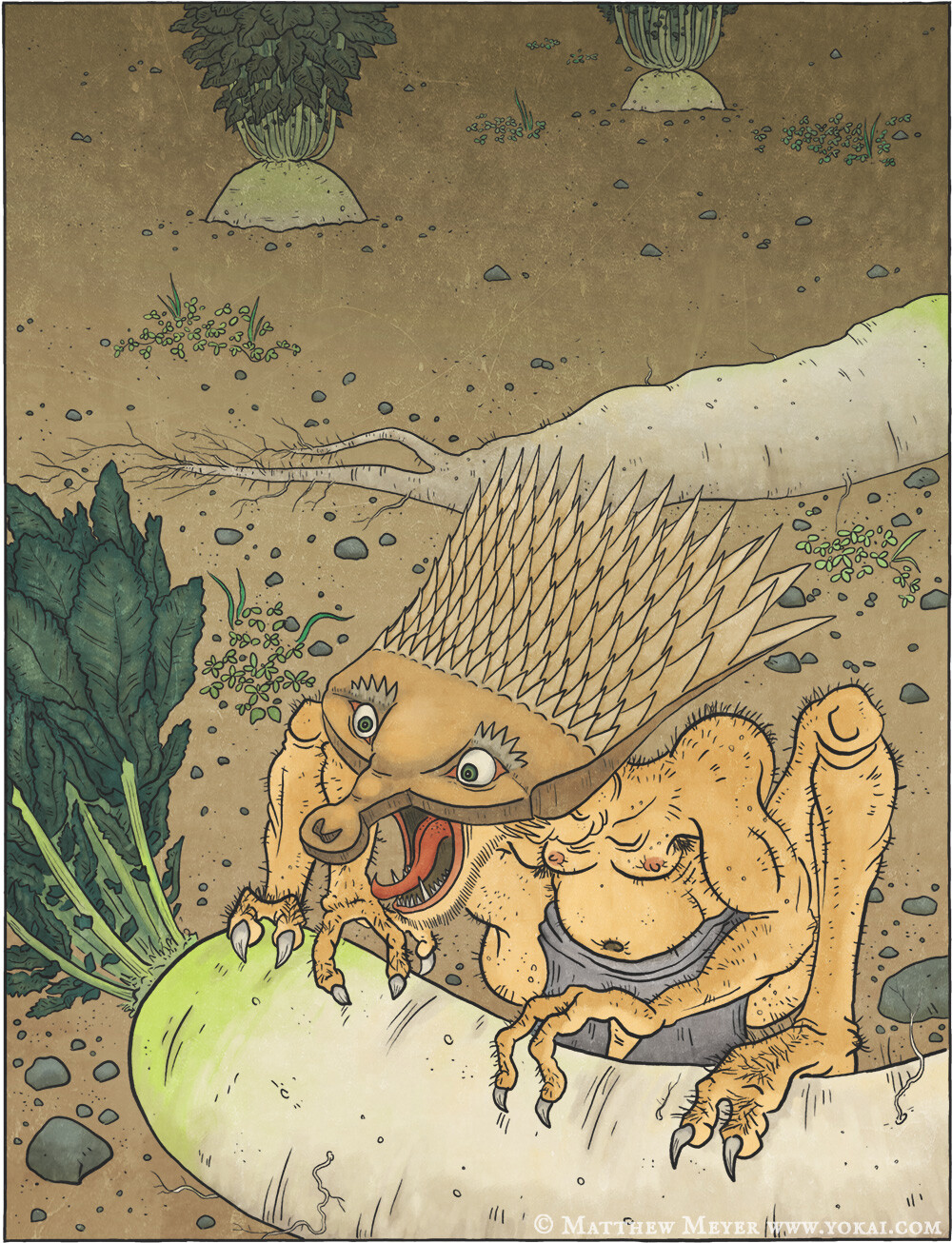
▫ Minowaraji (蓑草鞋) – An animated mino (straw cloak) with long arms. It moves around at night, rustling and waking people up.
▫ Morinji-no-kama (茂林寺の釜) – A haunted kettle that can change shape and take on the form of a tanuki (raccoon dog). It amuses itself by performing tricks and deceiving people.
▫ Shamichoro (三味線長者) – An animated shamisen (musical instrument). It plays on its own, often causing unease among listeners.
▫ Shirōneri (白練) – Possessed mosquito nets or dust cloths that take on the shape of a spider web. Known for strangling sleeping people.
▫ Shōgorō (証五郎) – An animated gong that strikes itself, creating noise. It can wake up the household at night.
▫ Ungaikyō (雲外鏡) – A haunted mirror that shows terrifying visions. It can draw people who look into it into another world.
▫ Yamaoroshi (山颪) – A possessed vegetable grater with sharp teeth. It attacks people, causing minor cuts and wounds.
▫ Zorigami (時神) – A haunted clock that manipulates time. It can make time flow faster or slower for people nearby.
Examples of Tsukumogami Legends
Legend of Morinji-no-kama
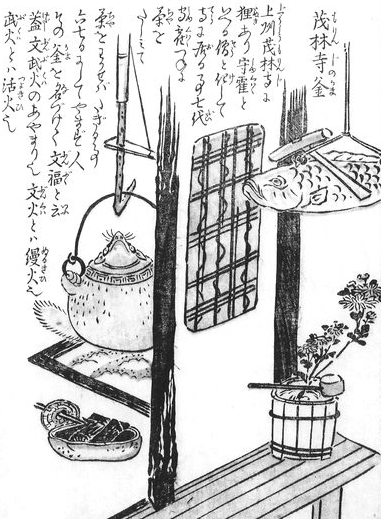
Soon after, the tanuki returned to the monk and proposed a deal: it would perform tricks and help the monks collect donations for the temple in exchange for safe shelter. The monk agreed, and the tanuki, transforming into various forms, attracted crowds of people who generously supported the temple. As a result, the Morinji Temple became wealthy and renowned. This story is often depicted in kabuki theater and numerous ukiyo-e prints, highlighting its popularity in Japanese culture.
Tale of Bakezōri
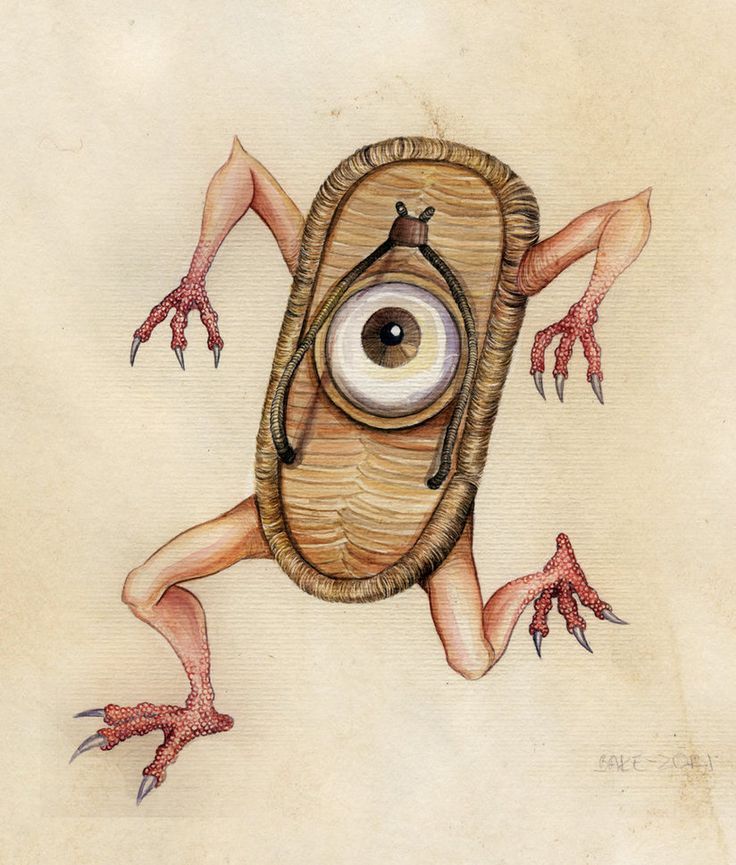
The household awoke in panic, seeing these strange creatures running around the house. They quickly realized that these were the neglected sandals, now taking revenge for years of disregard. From then on, the family began to take better care of their belongings, regularly cleaning and repairing them to avoid tempting fate. This story is often told as a warning to children to respect and take care of their things to avoid the wrath of tsukumogami.
Story of Kasa-obake
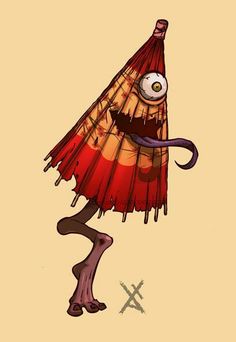
Kasa-obake terrified the household, especially the children, who generally did not take care of their belongings. It hopped around the house, making noise. The family quickly understood that the umbrella had become a tsukumogami due to neglect. They began to take better care of their belongings, learning to respect everyday items. This story is often depicted in kabuki theater and ukiyo-e prints.
Tale of Chōchin'obake
Chōchin'obake is the spirit of a paper lantern, also known as burabura. This legend is often told in the context of festivals, where lanterns are commonly used. In one story, an old lantern that had served a family for many years was abandoned after its paper began to tear, and its frame became wobbly. One night, the lantern came to life, gaining one large eye and a long, hanging tongue.
Chōchin'obake liked to scare people, appearing suddenly in dark alleys and shining a strange, unsettling light. It often frightened passersby who did not expect such a sight. This legend was popular during festivals, where children would tell each other stories about lantern spirits to add a bit of thrill to the festive celebrations.
Tsukumogami in Pop Culture
 Tsugumomo (anime, 2017, Yoshikazu Hamada)
Tsugumomo (anime, 2017, Yoshikazu Hamada)
"Tsugumomo" is an anime that tells the story of Kazuya Kagami, an ordinary high school student who accidentally encounters Kiriha – a beautiful girl who is the tsukumogami of his obi sash. Kiriha arrives to protect Kazuya from supernatural threats that suddenly surround him.
Tsukumogami play a crucial role in "Tsugumomo" as Kiriha, being one of them, becomes Kazuya’s protector and guide in a world full of spirits and supernatural beings. The series features many other tsukumogami who either help or threaten the protagonists, highlighting the diversity and complexity of these spirits in Japanese folklore.
 Obake no Q-Tarō (manga, 1964, Fujiko Fujio)
Obake no Q-Tarō (manga, 1964, Fujiko Fujio)
"Obake no Q-Tarō" is a classic manga about the adventures of Q-Tarō, a friendly ghost who lives with the Ōhara family. Despite his supernatural abilities, Q-Tarō is quite clumsy and often gets into comical situations while trying to help or play pranks on family members.
In "Obake no Q-Tarō," tsukumogami occasionally appear, adding a humorous and mysterious element to the story. Q-Tarō and his supernatural friends often encounter various spirits and apparitions, including tsukumogami.
 Natsume's Book of Friends (anime, 2008, Yuki Midorikawa)
Natsume's Book of Friends (anime, 2008, Yuki Midorikawa)
"Natsume's Book of Friends" tells the story of Takashi Natsume, a boy who inherited a book containing the names of spirits his grandmother defeated. Takashi, who can see spirits, decides to return their names to free them from servitude.
In "Natsume's Book of Friends," tsukumogami are among the many spirits Takashi encounters. The series portrays tsukumogami, like other spirits, as desiring peace and understanding, and Takashi strives to provide this, creating emotionally deep and touching stories.
Are they... Alive?!
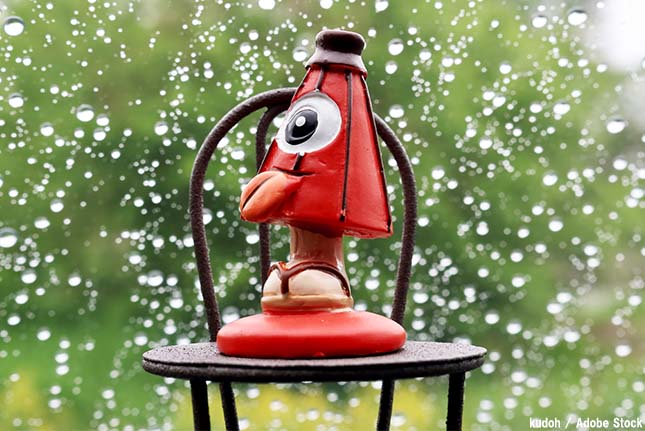

The numerous appearances of tsukumogami in contemporary pop culture show that the concept underlying these beliefs is not entirely dead and can still inspire. Modern interpretations of tsukumogami often blend traditional beliefs with new contexts, keeping them alive and relevant. Tsukumogami remind us that even in the most technologically advanced world, respect for the past and mindfulness towards the objects that surround us can still be significant.
>> SEE ALSO SIMILAR ARTICLES:
Vengeful Cat Demons in Japanese Legends: The Sinister Bakeneko
Hyakki Yagyō – The Night When a Hundred Japanese Yōkai Demons Take to the Streets
Demon Namahage: A Dark Presence on New Year's
Yōkai and Kami: A Bestiary of Mythological Creatures of Japan in Anime
Japanese Folklore in Shin Megami Tensei: Playing Persona in the Rhythms of Shinto
"Strong Japanese Women"
see book by the author
of the page
未開 ソビエライ
An enthusiast of Asian culture with a deep appreciation for the diverse philosophies of the world. By education, a psychologist and philologist specializing in Korean studies. At heart, a programmer (primarily for Android) and a passionate technology enthusiast, as well as a practitioner of Zen and mono no aware. In moments of tranquility, adheres to a disciplined lifestyle, firmly believing that perseverance, continuous personal growth, and dedication to one's passions are the wisest paths in life. Author of the book "Strong Women of Japan" (>>see more)
Personal motto:
"The most powerful force in the universe is compound interest." - Albert Einstein (probably)
Mike Soray
(aka Michał Sobieraj)
未開 ソビエライ
An enthusiast of Asian culture with a deep appreciation for the diverse philosophies of the world. By education, a psychologist and philologist specializing in Korean studies. At heart, a programmer (primarily for Android) and a passionate technology enthusiast, as well as a practitioner of Zen and mono no aware. In moments of tranquility, adheres to a disciplined lifestyle, firmly believing that perseverance, continuous personal growth, and dedication to one's passions are the wisest paths in life. Author of the book "Strong Women of Japan" (>>see more)
Personal motto:
"The most powerful force in the universe is compound interest." - Albert Einstein (probably)
Mike Soray
(aka Michał Sobieraj)
Write us...
Ciechanów, Polska
dr.imyon@gmail.com
___________________
inari.smart
Would you like to share your thoughts or feedback about our website or app? Leave us a message, and we’ll get back to you quickly. We value your perspective!









